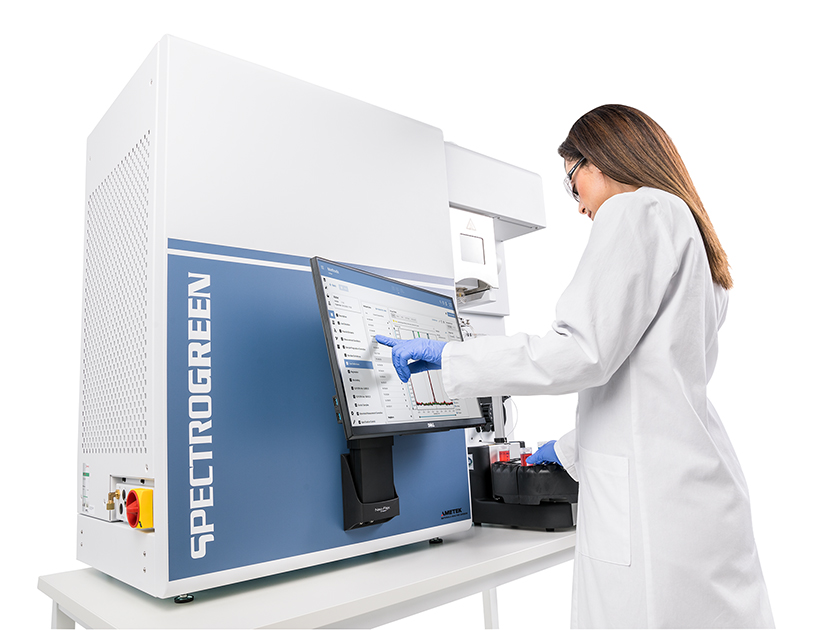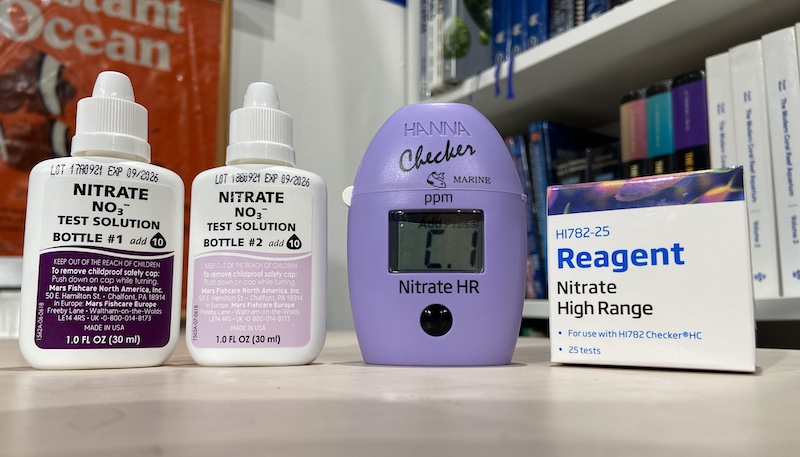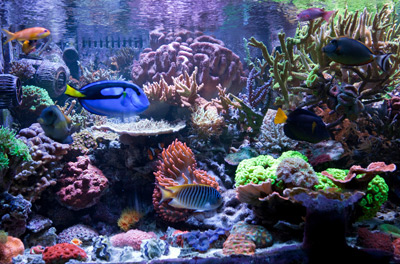Stand in your LFS and about one in ten reefers will say their tank is too clean. Compared to temperate and cold waters, the tropical waters that our corals inhabit are nutrient-poor, hence the symbiosis between photosynthetic corals and zooxanthellae, and the secondary food source. But can we really make our tanks so nutrient-poor that our corals do badly?
We tend to declare a tank too clean if standard test kits show that nitrate and phosphate levels are both zero. We combat that by feeding more heavily, especially with phosphate-rich frozen foods, but trust us when we tell you that increasing nutrients that way only leads to two things; more bristle worms, and Aiptasia.

How to fix a “clean” reef tank
If your nutrients bottom out the first thing we recommend you do is conduct an ICP test. ICP-OES is a wonderful thing, analyzing your tank water for dozens of elements to a high degree of accuracy. Way higher than any off-the-shelf test kit. To test our method we ICP-tested a person’s water that showed zero phosphates on a standard liquid test kit. The test came back at 0.07mg/l, 0.03mg/l over the generally recommended level of 0.04mg/l so actually, it didn’t need to be raised, especially not via dirty frozen food juices.
What the ICP test did tell us however is that our old friends Iron and Zinc were much lower than the recommended values of natural seawater and in a recent Reef Therapy podcast Shane Danger Coleman from Sustainable Reefs in Australia told us that Micromussa lordhowensis and Gonipora both thrive in waters rich in those two minerals. These can both be dosed and corrected, and one of the reasons the person we helped thought their tank was too clean was because their Goniopora wasn’t doing very well. Case closed.

If your ICP does show that your phosphate is too low, or lower than you would like, the best remedy is to use a reef-specific bottled phosphate sauce coupled with a dosing calculator and a single dosing pump. The same with nitrates, only they aren’t tested via ICP. With nitrates, a hand-held, high-range Hanna meter proved again that nitrates were far higher than the person expected at 16mg/l versus 0mg/l on a cheap test kit, so again, no need to dose.



